Alfa Romeo: a Symbol of Italian Style and Design
From a logo full of history, to a brand synonymous with beauty, fast performance and reliability, breathe in the world of Alfa Romeo.
The birth of a legend
Many drive it, but few know the story behind the car that has become one of the symbols of Italy. Alfa Romeo is one of the longest-living car manufacturers in Italy, and is also one of the most prestigious. The brand has a long, fascinating history: on 24 June 2020, Alfa Romeo celebrated 110 years of technological innovations, Italian design and sporting successes. Stepping back to the beginning, there was SAID, the Società Anonima Italiana Darracq (‘the anonymous Italian company Darracq’). Managed by the French car manufacturer Alexandre Darracq, the company was born in Naples but soon moved to Milan where it was taken over by Cavalier Ugo Stella. Here, on 24 June 1910, the Lombard Company Fabbrica Automobili, ALFA, was born. A few years later, the entrepreneur Nicola Romeo took over the company, transforming its name into Alfa Romeo.
Since then, Alfa Romeo has made cars that have marked the history of automotive design. As far as technology is concerned, the Alfa company is rightly considered one of the most avant-garde in the world of the automotive industry. It’s hard to forget that, in 1925, Alfa Romeo won the first world championship of motoring in history and that Ferrari made its debut in competitions with Alfa Romeo cars.
Logo as a symbol of strength and power
The Alfa Romeo logo has a particularly fascinating history and design of its own, well worth exploring. In 1910, the task of designing the logo of the new Alfa company was entrusted to designer Giuseppe Merosi. The aim was to find something that could represent Italy in the world of the automotive industry. The youngest of the designers of the Technical Office – Romano Cattaneo, a close friend of Merosi – suggested that the design include the Visconti Biscione, the emblem of the noble Visconti family. The idea came to Cattaneo when he observed this Biscione (grass snake) shape on the Torre del Filarete while he was waiting for tram 14 at the terminus in Piazza Castello.
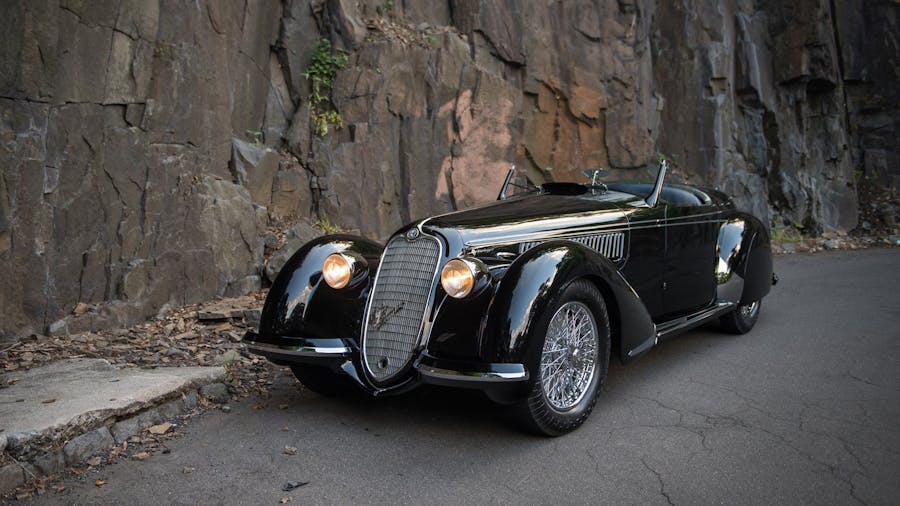
The Visconti Biscione was a heraldic symbol depicting a giant snake swallowing a child, marking the strength and power of the Visconti, who were always ready to destroy their enemies. Strength and power were two elements well suited to launch the brand of a successful car manufacturer, and the suggestion proved popular with Merosi, who later added a typically Milanese symbol, namely the red cross on a white background, to recall the coat of arms of the city of Milan. A blue crown was then added with the two heraldic insignia and the inscriptions ‘ALFA’ and ‘MILANO’ in gold, adorned with two Savoy knots that paid homage to the Royal House. Following the fall of the monarchy and the proclamation of the Republic, the Savoy knots were replaced by two wavy lines.
Related: 10 Most Expensive Classic Cars Ever Sold at Auction
Over the years, the logo has undergone various changes and reinterpretations, in particular the addition of the word ‘ROMEO’ to the writing, following the acquisition of the company by Nicola Romeo. The two main symbols – the snake and the cross – have nevertheless always remained present and are strongly connotative of the brand. In the current logo, the snake appears more prominent than in the past, while the human figure between its jaws is decidedly stylized.
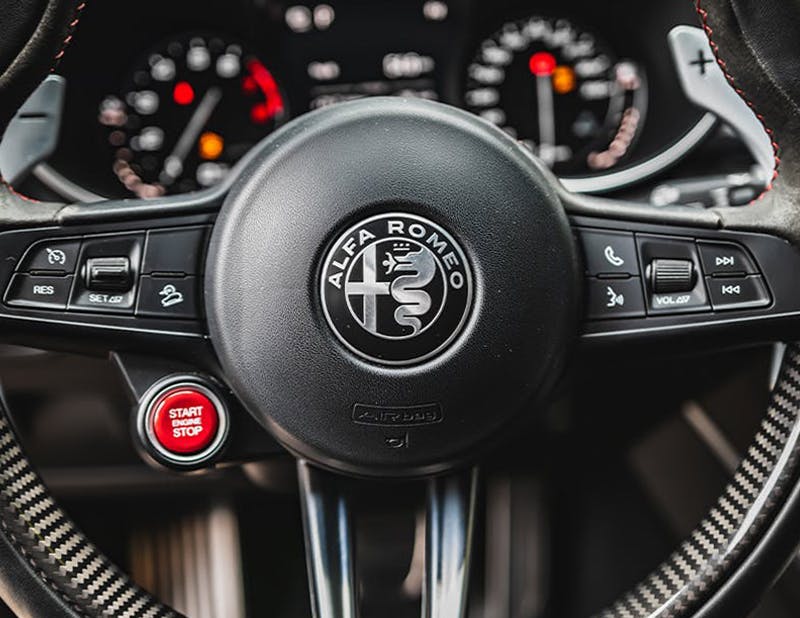
The first cars were called ALFA 24 HP (the name referring to fiscal power), which immediately distinguished itself for its mechanical qualities: the 4084 cubic centimeter engine exceeded 40 horsepower and it could reach a maximum speed of 100 kilometers per hour, certainly notable for the time.
Related: Aston Martin: Luxury, Race and Velocity
Four series were made up to the year 1913 – A, B, C and D – and the maximum speed and power grew respectively to 110 km / h and 45 horsepower. In total, more than 200 chassis were built, and the Spider (a two-seater), the two-seater Corsa, the seven-seater Limousine and the famous Torpedo were born. The success of the latter is also due to the fact that it was used by the Supreme Command of the Army during the First World War. And it was on board a Torpedo 20-30 HP ES model that Enzo Ferrari took second place at the prestigious Targa Florio in 1920.
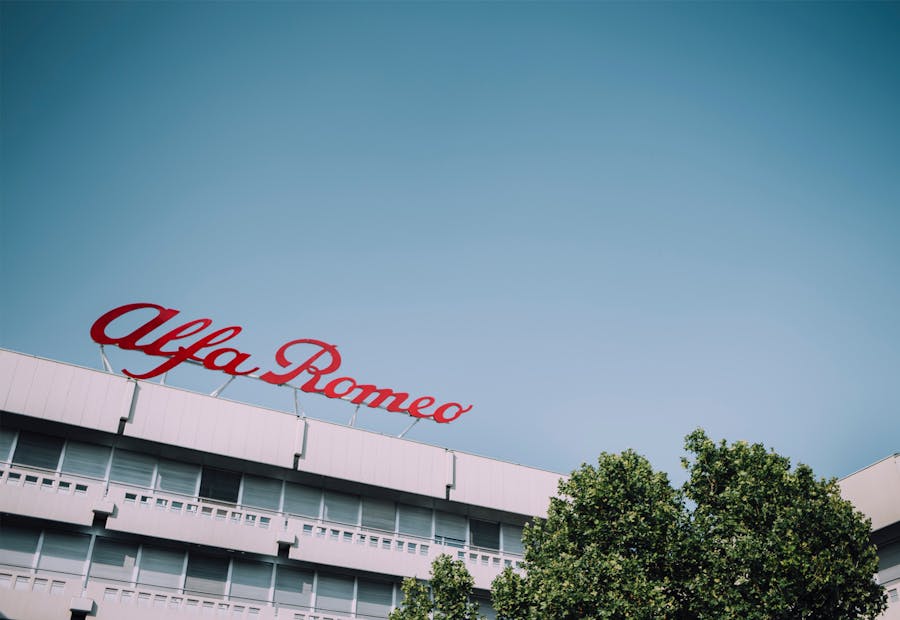
At the beginning of the 1930s, due to financial problems, dictated in part by the economic crisis triggered by the collapse of Wall Street in 1929, Alfa Romeo passed into the hands of the Italian state, while continuing to produce semi-artisanal cars up until the 1950s.
The Giulietta and the golden years
Starting in the 1950s, Alfa Romeo turned into a real car industry thanks also to the introduction of the assembly line system. In the 1950s some legendary models were also born, such as the Alfa Romeo 1900 and the famous Giulietta.

The 1950s through to the ‘60s represented a phase of great growth for the automaker. The ‘60s were the years of economic boom, of John F Kennedy, Yuri Gagarin, the Olympics in Rome, the ‘good pope’ John XXIII. They were also particularly happy years for Alfa Romeo. This period saw, in particular, the birth of the Giulia, which was developed into a wide range of sedans and sports versions. It was successful for its convenience of driving and was dubbed the car ‘designed by the wind’.
Related: This is the World's Most Expensive Car
Passing of the baton
The ‘70s were the years of the legendary Alfetta, but also those of the energy crisis, of numerous political and social tensions and of strong inflation. A new crisis also occurred at Alfa Romeo, which led the Italian state to sell Alfa Romeo to the Fiat Group in 1986, which relaunched the brand in the 1990s.
Panthers and Gazelles
Part of the success of Alfa Romeo also depended upon the fact that its cars had been chosen as a means of transport by the Italian police since the 1950s, including the 1900 model, which was used as a service car. This car was later nicknamed Pantera (panther) due to its black color. This term subsequently became part of popular language (police cars began to be called ‘the panthers’), and is a term still often in use today, despite the fact that the body of the cars turned light green in the late 1950s, and then changed color again to blue and white in the 1970s.
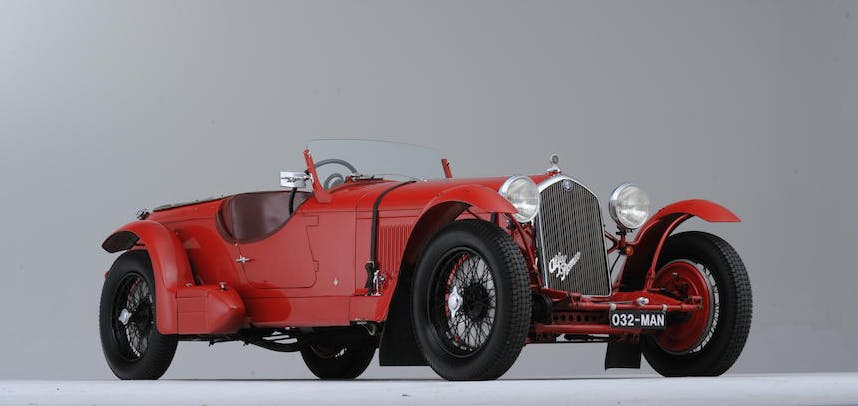
The Carabinieri initially bought the 1900 M (nicknamed ‘Matta’), and then moved on to the Giulietta. Both were then also used by the police. In the 1960s, another animal was attributed to the cars of the Carabinieri, which took the name of Gazzelle (gazelle), in homage to the snappy performance of the vehicles. Even this term has remained dear to Italians and is still used in common language.
Related: Porsche: The Timeless Allure
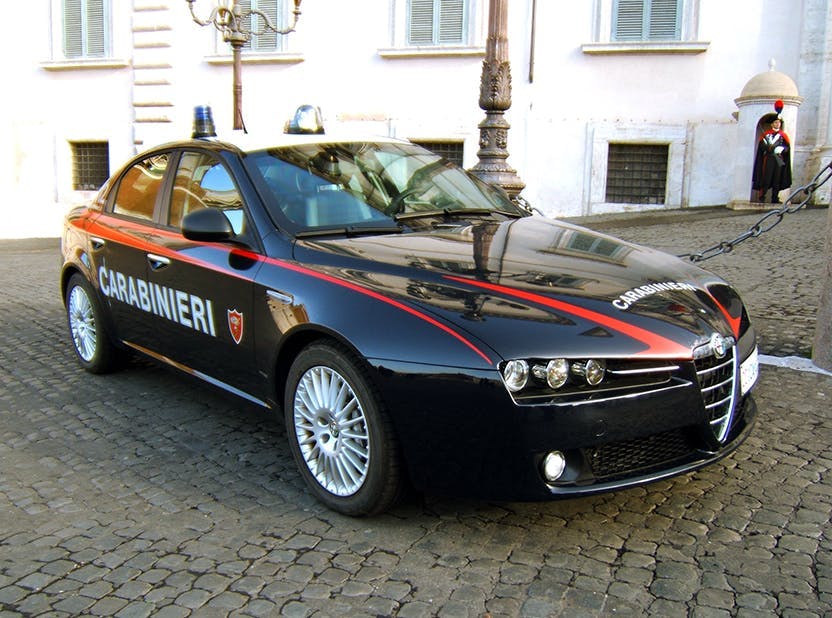
Alfa Romeo cars have also been supplied to other security bodies throughout Italy, such as the Forestry Corps, the Fire Brigade, the Penitentiary Police, the Municipal Police and the Finance Police.
Alfa Romeo has played an important role in the Italian collective imagination for several years and has numerous fans – defined as ‘Alfisti’ – scattered all over the world. Its slogan ‘The Mechanics of Emotion’ summarizes the meaning of a car manufacturer, which has made passion and technology its flagships.


